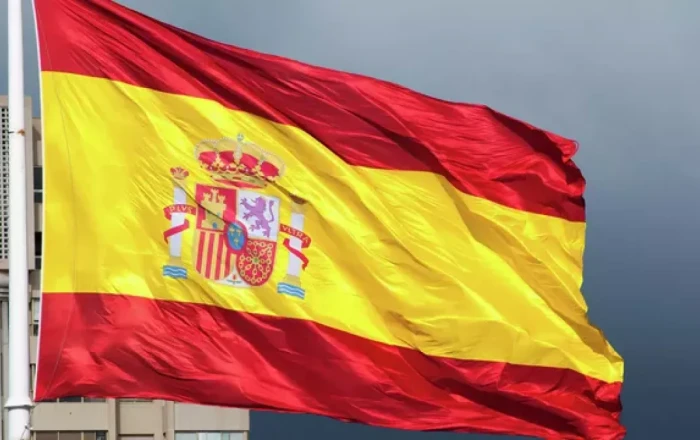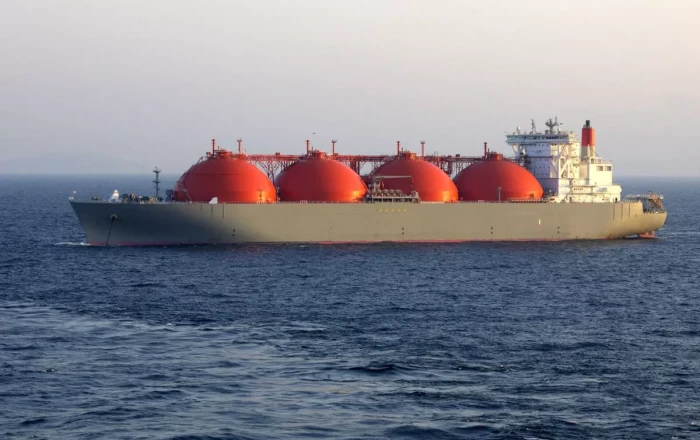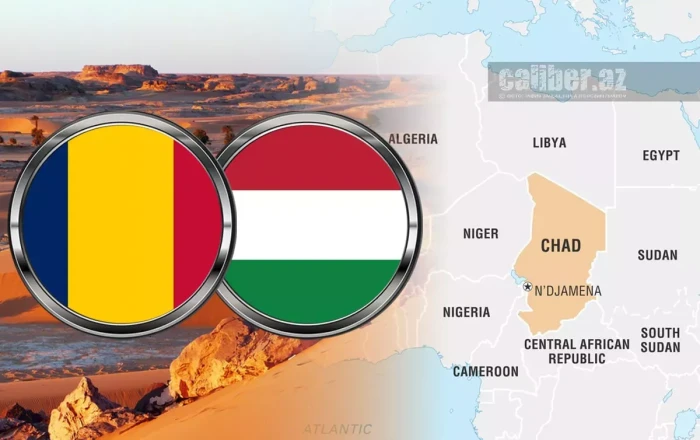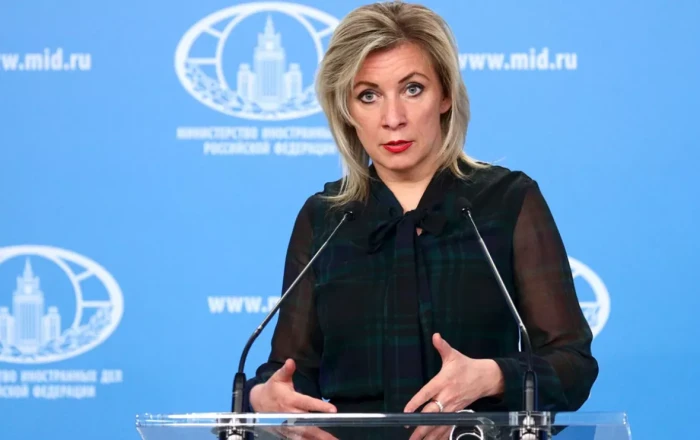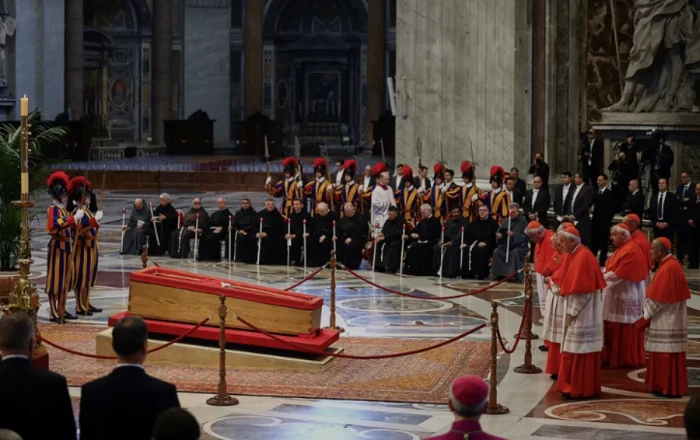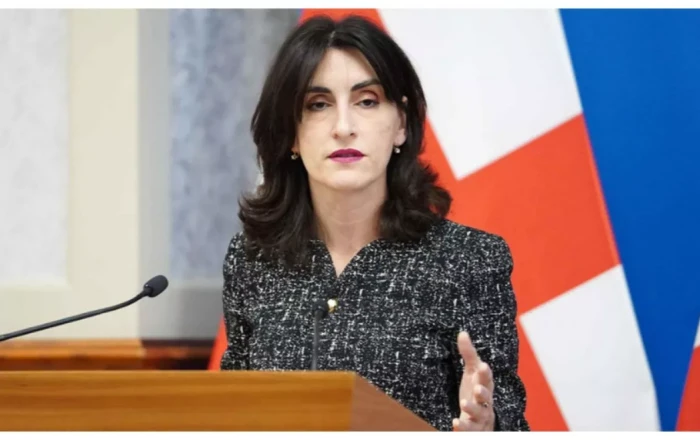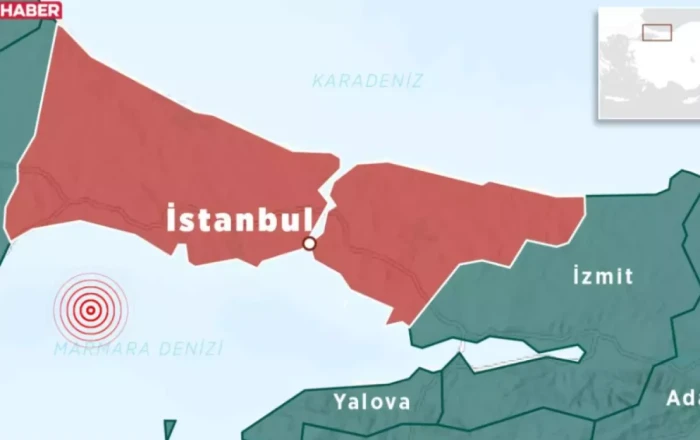Today, politicians of various ranks have no shortage of questions for the 47th President of the United States, Donald Trump. Some of these questions are voiced out loud, others remain internal. A similar dynamic is unfolding within serious expert circles, where seemingly authoritative figures try to get to the bottom of things—what drives Trump when making decisions that could shape the fate of the world? Why does he choose one course of action over another? Why has the Trumpian concept of the “deal” come to replace all similar notions on the global stage?
And indeed, these respectable individuals are tormented by such questions.
But… but… but… As paradoxical as it may sound, if all those doubtful, inquisitive political experts were truly strong specialists in their field, they wouldn’t be asking such questions in relation to Trump at all. Instead, they would calmly be forecasting his next moves—moves which, by the way, he never particularly hides, as evidenced by his campaign platform and its gradual implementation.
But let’s not keep the reader in suspense and simply point out this fact: as far back as 1987—nearly 40 years ago—Trump’s first book, The Art of the Deal, was published. Though it was co-authored with American writer and journalist Tony Schwartz, to this day it is widely regarded as the personal work of the current occupant of the White House.
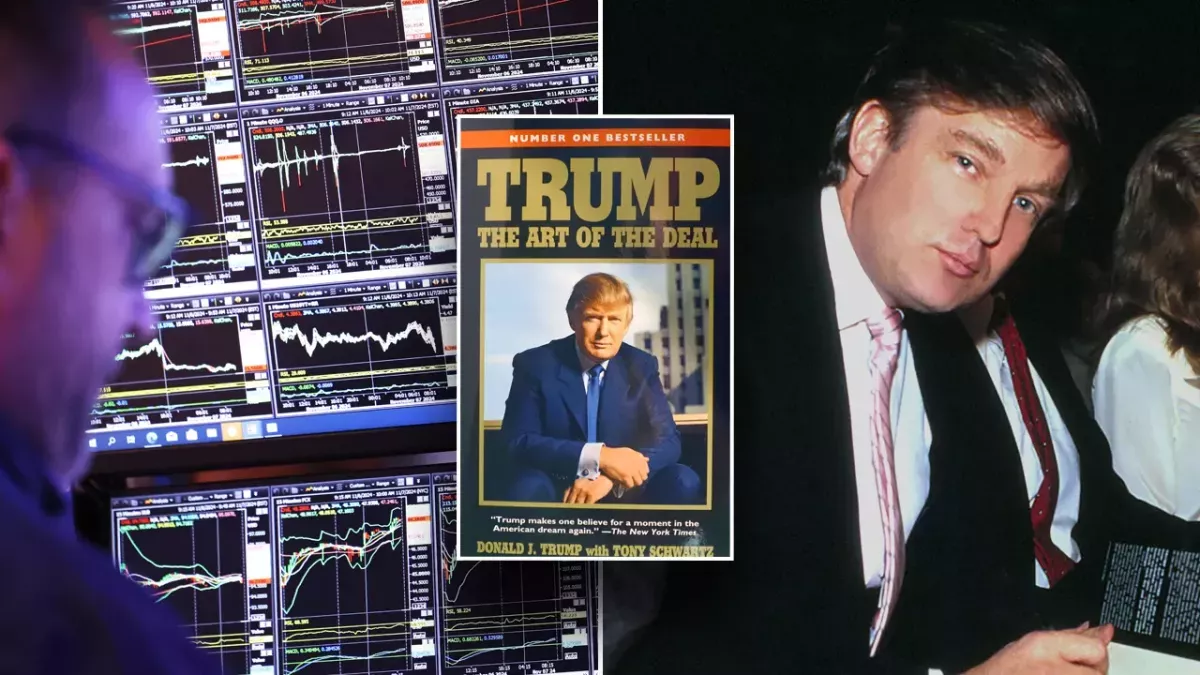
Surely, even the very title of this work speaks for itself. All the more so because, practically in the opening lines of the book, Trump describes deal-making as his "art form." As he put it bluntly, while some people " paint beautifully on canvas or write wonderful poetry," Trump enjoys "making deals, preferably big deals"—that’s what gives him satisfaction.
He went on to characterise his unique "style of deal-making" as simple and straightforward: “I aim very high, and then I just keep pushing and pushing and pushing to get what I’m after,” he wrote back in 1987—adding that while he sometimes settles for less, “in most cases I still end up with what I want.”
In this context, the Trump of 40 years ago revealed that he simply likes "thinking big"—and that he had always done so. Looking ahead, the future 45th and 47th President of the United States outlined one of the keys to thinking big: “total focus.” In his view, this means what he described as “a controlled neurosis, which is a quality I’ve noticed in many highly successful entrepreneurs.”
According to Trump, such people are “obsessive, they’re driven, they’re single-minded and sometimes they’re almost maniacal, but it’s all channeled into their work.” The nuance here, he notes, is that “Where other people are paralyzed by neurosis, the people I’m talking about are actually helped by it. I don’t say this trait leads to a happier life, or a better life, but it’s great when it comes to getting what you want.”
Trump goes on to state that, when dealing with “some of the sharpest, toughest, and most vicious people in the world,” he takes pleasure in beating them. At the same time, he protects himself by remaining “flexible,” because, as he puts it, “I never get too attached to one deal or one approach.”
Above all, Trump prepares multiple options. When negotiating a deal, he always has several paths to reach his goal, since, in his words, “anything can happen, even to the best-laid plans.”
In this light, Trump identifies one of the worst things you can do when making a deal: “seem desperate to make it.” That, he warns, “makes the other guy smell blood, and then you’re dead.” The best course of action, he explains, “you can do is deal from strength, and leverage is the biggest strength you can have. Leverage is having something the other guy wants.”
And this is precisely where “imagination, and salesmanship” come into play. In other words, “you have to convince the other guy it’s in his interest to make the deal.”
Trump also includes “bravado” in this toolkit, explaining that he plays “to people’s fantasies,” because many “may not always think big themselves, but they can still get very excited by those who do.”
From this, he concludes that “a little hyperbole never hurts. People want to believe that something is the biggest and the greatest and the most spectacular.” He refers to this approach as “truthful hyperbole.”

The key nuance here is that Trump avoids hiring large teams of employees focused on complex mathematical calculations and places little trust in “fancy marketing surveys.” Instead, he conducts all the polling himself, relying solely on his own judgment and instincts.
He highlights this approach as a kind of “natural reflex,” emphasising that “it’s never as good as doing it yourself.”
Back in 1987, however, Trump did acknowledge that there are situations “when the only choice is confrontation.” Still, he maintained, “in most cases I’m very easy to get along with. I’m very good to people who are good to me. But when people treat me badly or unfairly or try to take advantage of me, my general attitude, all my life, has been to fight back very hard.”
In this light, Trump states: “if you’re fighting for something you believe in—even if it means alienating some people along the way—things usually work out for the best in the end.”
Trump summarised his philosophy by emphasising his belief in the necessity of “spending what you have to [...], not spending more than you should.” He learned this frugality from his father, who always insisted that “every penny counts, because before too long your pennies turn into dollars.”
As a result, Trump “never threw money around,” especially after he came to the clear realisation that the “point is that you can dream great dreams, but they’ll never amount to much if you can’t turn them into reality at a reasonable cost.”
Now the question arises: after familiarising themselves with the thoughts Trump shared nearly 40 years ago, will there still be questions about the steps he is taking today on the global stage? Or will the opposite occur, where everything becomes transparent and understandable?
Source: caliber.az



